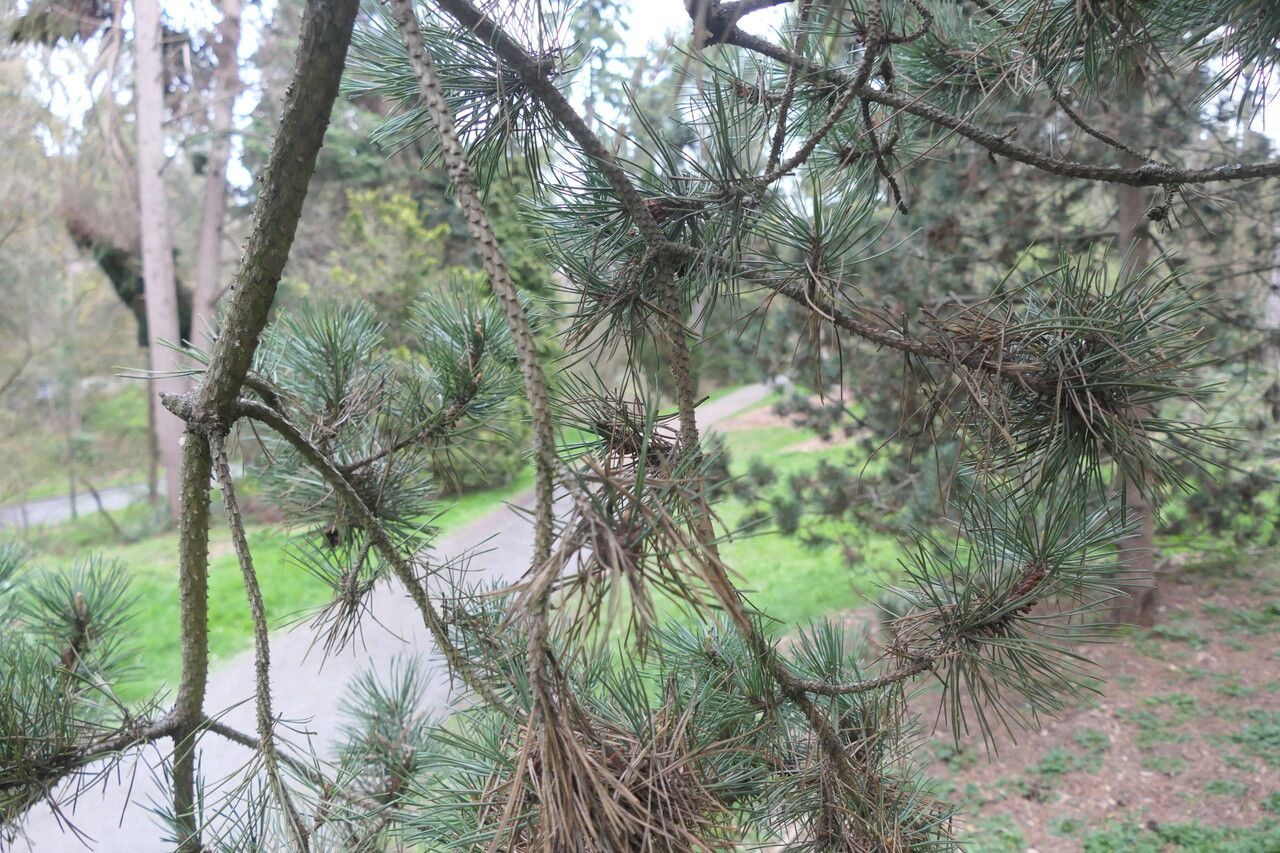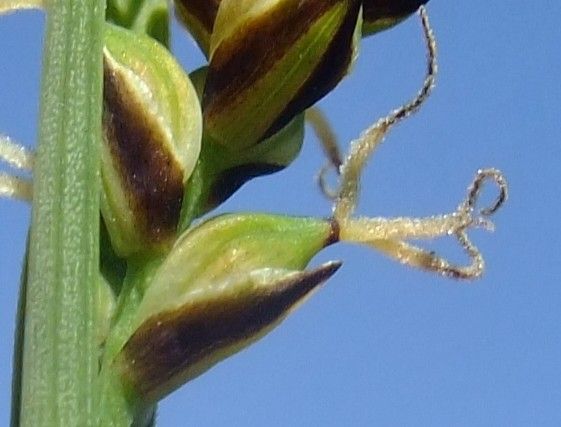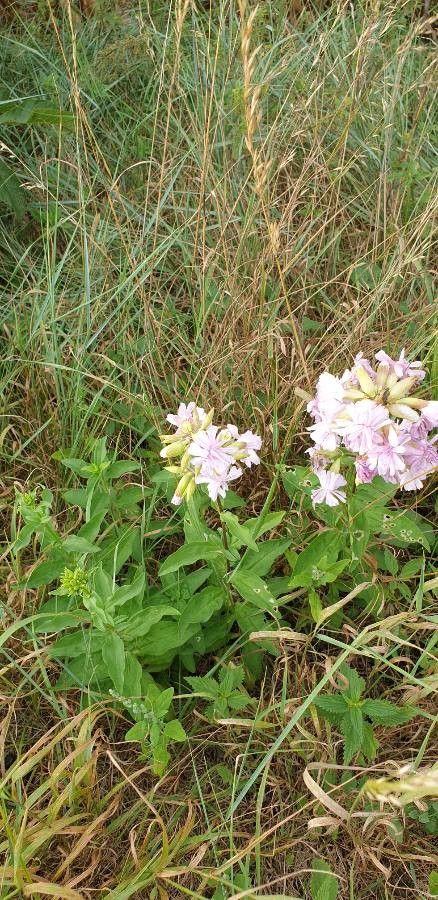## Mountain Pine: A Majestic Conifer for Your Landscape
The Mountain Pine, scientifically known as *Pinus mugo*, is a hardy and adaptable evergreen conifer prized for its resilience and striking appearance. This species, belonging to the Pinaceae family, thrives in mountainous regions across Europe and Asia, showcasing its remarkable ability to withstand harsh conditions. Its versatility makes it a popular choice for landscaping, providing a rugged beauty to various garden styles.
### Habitat and Growth
Native to high-altitude regions, the Mountain Pine is well-adapted to cold temperatures and strong winds. It typically grows as a multi-stemmed shrub or a small tree, reaching heights between 3 and 10 meters, though some specimens can grow larger under ideal conditions. Its characteristic dense, low-growing habit makes it excellent for ground cover or windbreaks. The Mountain Pine's growth rate is moderate, making it a manageable addition to any garden.
### Sun Exposure and Soil Needs
Mountain Pines thrive in full sun to partial shade. While they can tolerate some shade, optimal growth occurs in areas receiving at least six hours of direct sunlight daily. These hardy conifers are surprisingly adaptable regarding soil, but prefer well-drained, slightly acidic to neutral soil (pH 5.5-7.0). Heavy clay soils should be avoided, as they can lead to root rot. Good drainage is crucial to prevent waterlogging, which can damage the root system.
### Planting and Care
Planting Mountain Pines is relatively straightforward. Choose a location that meets the sun and soil requirements mentioned above. Dig a hole twice the width and depth of the root ball. Gently remove the plant from its container, taking care not to damage the roots. Place the plant in the hole, ensuring the top of the root ball is level with the ground. Backfill the hole with soil, firming it gently around the base. Water thoroughly after planting.
Regular watering is essential, especially during the first year after planting. Once established, Mountain Pines are relatively drought-tolerant but benefit from supplemental watering during extended dry periods. Fertilizing is generally not necessary, although a slow-release, balanced fertilizer can be applied in spring if growth appears stunted. Pruning is minimal; remove any dead or damaged branches as needed.
### Pest and Disease Resistance
Mountain Pines are generally resistant to most common pests and diseases. However, they can be susceptible to certain fungal infections if soil drainage is poor or if the plant is stressed. Proper planting and consistent care will minimize the risk of disease. Regular inspection is recommended to detect any issues early.
### Uses and Benefits
Beyond their aesthetic appeal, Mountain Pines offer several benefits. Their dense foliage provides excellent wind protection, and they are often used to stabilize slopes. They are also a popular choice for bonsai enthusiasts due to their adaptability and compact growth habit. The wood from mature trees can be used for various purposes, but this is not widely practiced in modern times due to the plant's relatively small size and typically slow growth rate.
By understanding the specific needs of Mountain Pines, you can enjoy their majestic presence in your garden for years to come. Their rugged beauty and resilience make them a rewarding addition to any landscape.
Mountain Pine: Planting, Care & Identification Guide

Frequently Asked Questions
How do I care for a mountain pine tree?
Provide full sun to partial shade, well-drained slightly acidic to neutral soil, and regular watering, especially during the first year. Minimal pruning is needed; remove dead or damaged branches as necessary.
What type of soil does a mountain pine need?
Mountain pines prefer well-drained, slightly acidic to neutral soil (pH 5.5-7.0). Avoid heavy clay soils prone to waterlogging.


